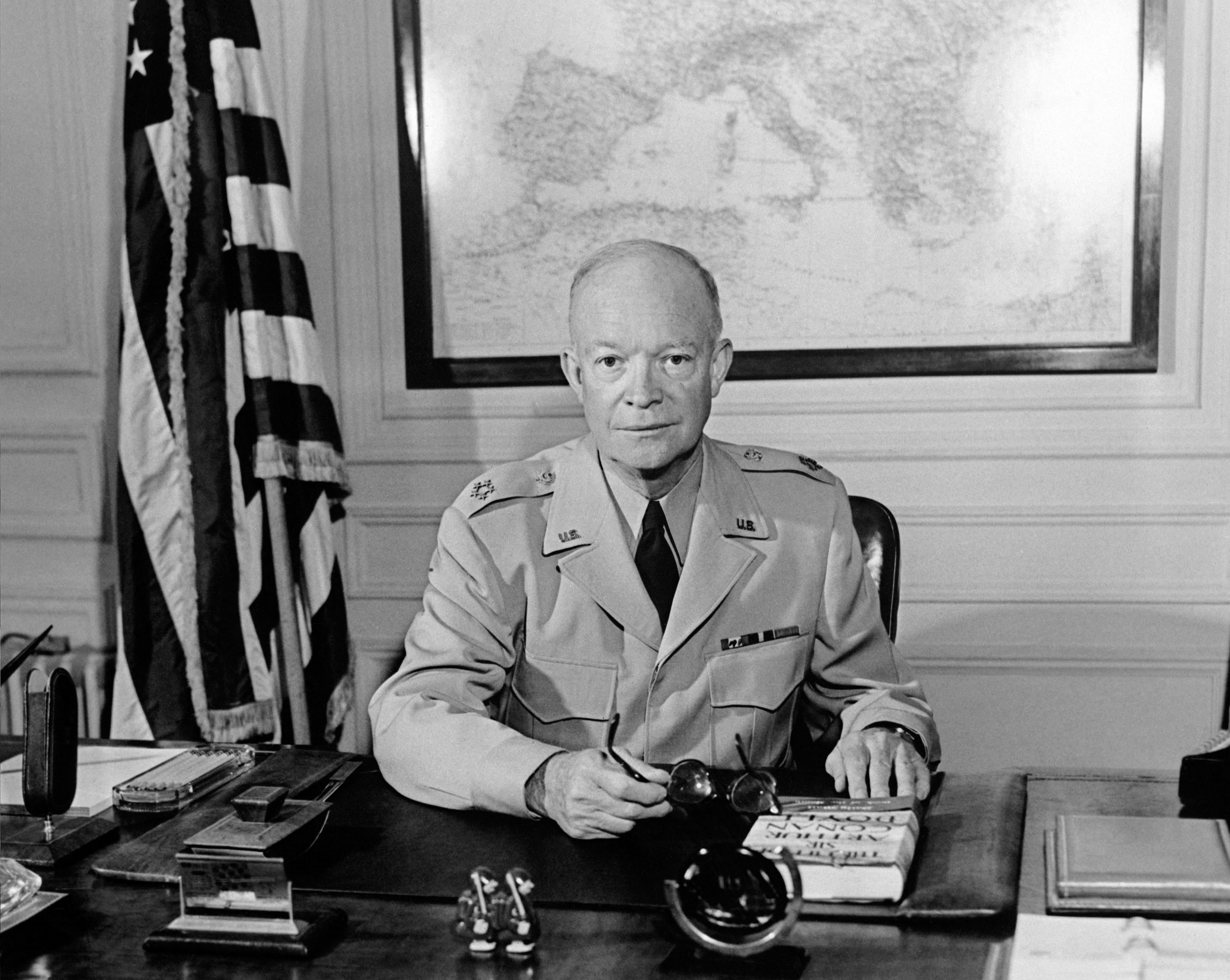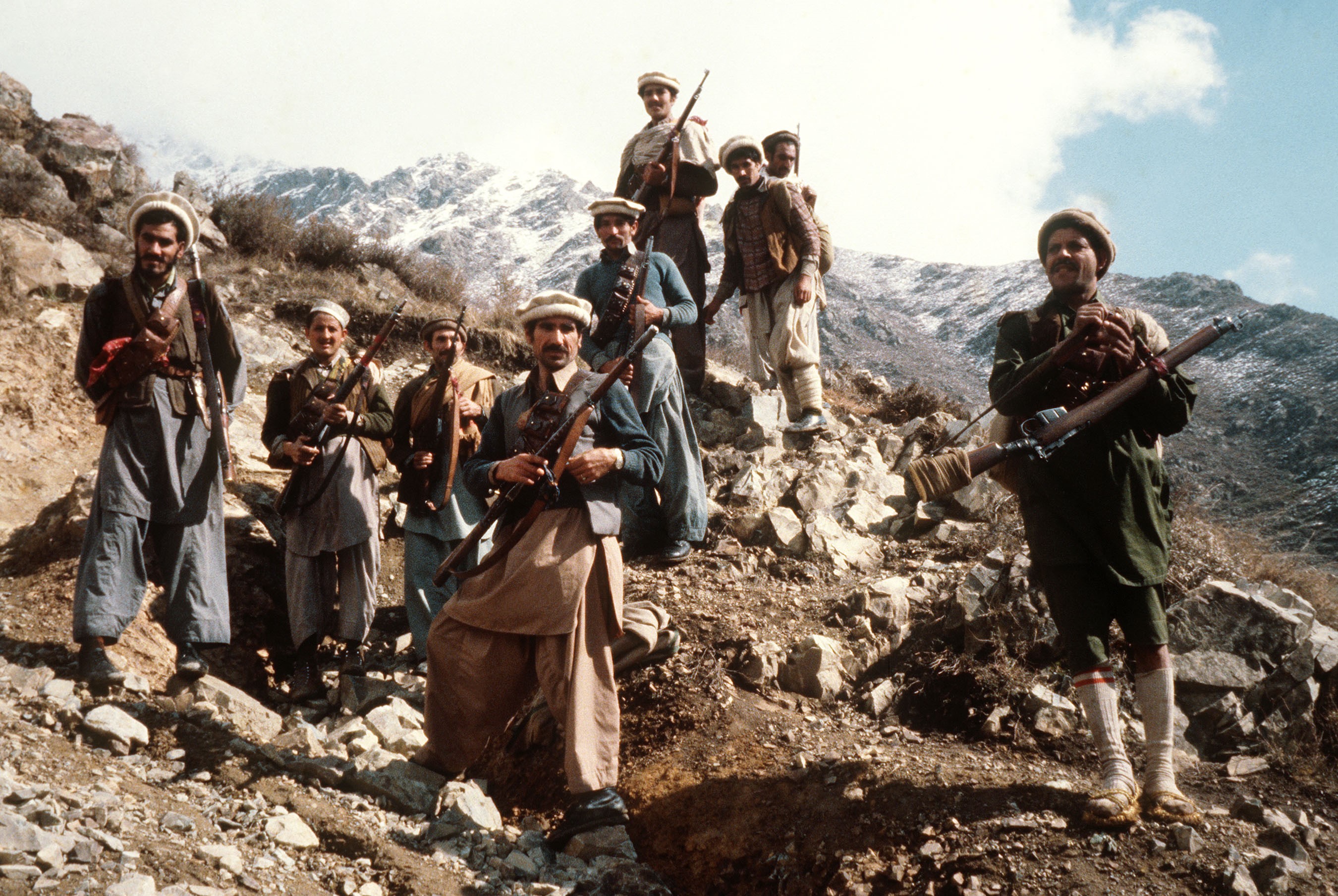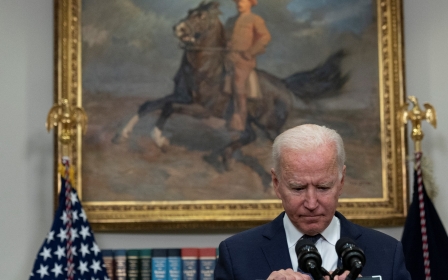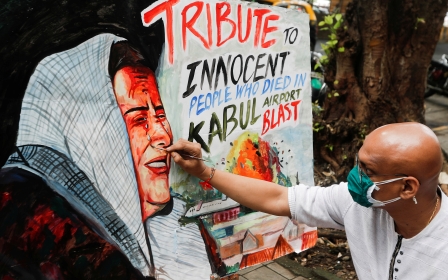Afghanistan: US 'war on terror' really began in 1945

The recent US admission of defeat in Afghanistan has mobilised the liberal western press to demand more imperial resolve from President Joe Biden and US policy makers and increased the western Islamophobic press coverage.
Absent from such considerations is the counter-revolutionary history of the US and the wars that it launched across the globe since World War II to assert its imperial control, costing millions of lives.
The history of US involvement in Afghanistan is also part of the particular history of US imperial efforts to dominate Arab and Muslim-majority countries
In the 1970s, 14 anti-colonial and anti-dictatorial revolutions in Africa, Asia, and Latin America overthrew western and pro-western regimes to achieve a measure of social and economic democracy that had been suppressed with the major help of the US and European colonial powers. This led to major wars that the US and its allies unleashed on the new revolutionary governments.
In Ethiopia, revolutionary coup leaders overthrew Emperor Haile Selassie in 1974 and ended Ethiopian-US military ties in 1977. The US and some of its Arab regime clients supported a Somali invasion of Ethiopia the same year, hoping to restore US control.
It was to help secure the new revolutionary government in Ethiopia that the Soviets sent arms and Cuban troops were deployed. Meanwhile, Somalia was converted into a US military base and was plunged in interminable wars from which it has never recovered.
New MEE newsletter: Jerusalem Dispatch
Sign up to get the latest insights and analysis on Israel-Palestine, alongside Turkey Unpacked and other MEE newsletters
Revolution was also hitting southern Europe at the same time as the Portuguese overthrew their western-supported fascist Salazar regime, which led to the triumph of the ongoing liberation struggles in Portugal’s African colonies. Revolutionaries liberated Angola, Mozambique, Guinea-Bissau, Cape Verde, and Sao Tome.
The fall of the Portuguese regime and the liberation of its African settler-colonies, especially Mozambique and Angola, would also weaken the neighbouring white supremacist English settler-colony of Rhodesia, leading to the revolutionary guerrillas' triumph in 1980 and the establishment of Zimbabwe.
US propaganda
As these revolutions also gave a push to the liberation struggle against white-supremacist rule in Namibia, occupied and colonised by apartheid South Africa, the US, South Africa, and Zaire’s western-backed president, Mobutu Sese Seko, launched military interventions in Angola to destroy its revolution and liberation struggle and safeguard Namibia and South Africa for white supremacy.
This led to the arrival of Cuban troops to defend the Angolan revolution while the Soviets and the German Democratic Republic provided training for the anti-colonial freedom fighters resisting the US-backed South African apartheid.
Soon, the South Africans with US help sponsored the counter-revolution in Mozambique to also destroy that revolution.
In Indochina, despite the genocidal scale of its killing machine, the US was unable to defeat revolutionary struggles, which finally won in Vietnam, Cambodia and Laos by 1975.
In 1979, a massive revolution in Iran overthrew a major US-backed dictator while a coup in neighbouring Afghanistan brought to power a new communist government in April 1978.
Despite US propaganda, the Soviets had no hand in either revolution, and the US produced no evidence that they ever did. The US hastily sponsored a counter-revolution in Iran and Afghanistan and subcontracted neighbouring Pakistan to help with the latter. In Central America and the Caribbean, a liberation struggle defeated the US-supported dictator in Nicaragua in July 1979 and the New Jewel Movement came to power in Grenada in an armed uprising.
This would lead to intensified US-sponsored repression against revolutionary struggles in neighbouring El Salvador and Guatemala, the sponsorship of counterrevolution and invasion of Nicaragua, and the direct US invasion of Grenada in 1983 to unseat the new government.
A crusade against the Soviets
As the US unleashed its military invasions and subcontracted its allies to do the same, one particular country became the focus of its efforts, namely Afghanistan, especially so as it bordered the USSR. Whereas the US had client states bordering the southern Soviet border, including Turkey, a Nato member, and Iran, it was unable to change India’s neutrality.
The story begins with the Truman administration who first showed interest in “Islam” and began searching for a Muslim leader to spearhead a crusade against the Soviets
China had become an enemy of the Soviets years earlier. All that remained was Afghanistan, which remained neutral during the Cold War. But when idealist Afghan communists staged a coup and rushed into ill-considered and hasty reforms in a country suffering from massive poverty, illiteracy, and oppression, the US was quick to take in disgruntled Afghans who opposed the reforms and subcontracted its local clients to unseat the regime.
This led the Afghan government to invite Soviet military forces in December 1979 to safeguard the revolutionary regime.
The history of US involvement in Afghanistan is also part of the particular history of US imperial efforts to dominate Arab and Muslim-majority countries. The story begins with the Truman administration who first showed interest in "Islam" and began searching for a Muslim leader to spearhead a crusade against the Soviets.
Islam: A natural barrier
Truman’s Psychological Strategy Board adopted a programme in February 1953, soon after Eisenhower took office. The programme affirmed that "contrary to received wisdom in the West…Islam was not a natural barrier to communism. Many reformers who took power in these countries put economics before religion; that weakened the role of faith and made the region vulnerable to communism."
Edward P Lilly, chief psychological warfare strategist for Eisenhower, drew up a memorandum titled: "The Religious Factor" in 1953. It called on the US to use religion more explicitly in its fight against the Soviet Union and recognised that using Islam as a vehicle to reach the tens of millions of Soviet Muslims would be to US advantage.
The memorandum reached the National Security Council in 1954. In the same spirit, the state department hosted in September 1953 a major delegation of "distinguished Muslim scholars" for a colloquium on "Islamic culture" held at Princeton University, and invited the delegates to the White House.
In 1954, the CIA dispatched spy agitators to Mecca during the Muslim pilgrimage to foment anti-Soviet sentiments among Soviet pilgrims. The CIA agents were Soviet Muslim collaborators with the Nazis who had previously worked with the Nazi regime to mobilise Soviet Muslims against their government during World War II.
The US inherited and utilised a whole Nazi team of spies and their handlers who used to work for the Reich Ministry of the Occupied Eastern Territories (Ostministerium). Indeed, one of the same Nazi collaborator agents sent to Mecca by the CIA would be dispatched the following year to Indonesia, to the Bandung Conference, to propagandise against the Soviet Union and its alleged maltreatment of Soviet Muslims, in an attempt to undermine Soviet standing among the non-aligned nations.
Another important mission was supporting right-wing Indonesian Muslim religious organisations against the Indonesian Communist Party. The right-wing Indonesian Islamists were led by a former government minister who financed their anti-communist sabotage operations from a Swiss bank account. The minister’s overseas contact was the same CIA agent sent to Bandung.
The Eisenhower Doctrine
In January 1957, President Eisenhower announced the Eisenhower Doctrine and declared that the US would come to the aid of any country in the Middle East threatened by communism. In private meetings with the CIA’s Frank Wisner and the Joint Chiefs of Staff, Eisenhower insisted that the Arabs should obtain inspiration from their religion to fight communism and that "we should do everything possible to stress the ‘holy war’ aspect".
Whereas US and CIA involvement in Afghanistan goes back to the 1960s, the Western press began after 1978 to report in most sympathetic terms about 'fiercely anti-communist Moslem insurgents'
Eisenhower was keen on propping up the Saudis as a counterweight to then Egyptian President Gamal Abdel Nasser. Eisenhower’s plan was that the Saudi king "could be built up, possibly, as a spiritual leader. Once this were accomplished we might begin to urge his right to political leadership."
To that end, Saudi Crown Prince Faisal organised an international Islamic conference in Mecca in 1962 to combat the popularity of Arab nationalism, socialism, and "secularism", and launched the World Muslim League. The conference declared: “Those who disavow Islam and distort its call under the guise of nationalism are actually the most bitter enemies of the Arabs, whose glories are entwined with the glories of Islam."
In response to Faisal’s attempt to replace Arab unity with Islamic unity, Nasser accused the new Islamic alliance of being an “American-British conspiracy aimed at dividing the Arab world and undermining Arab hopes for unity.”
The participation of right-wing Indonesian Muslim groups in the massacre of close to a million communists and alleged communists in 1965 Indonesia after a US-sponsored and financed coup was celebrated by an editorial in the Chicago Tribune: “We must say it’s refreshing to read of young Muslims burning down Communist Party headquarters, for a change and shout ‘Long Live America.’”
Once the counterrevolutionary Suharto consolidated his rule in Jakarta, he reined in the Islamist groups, though some of the more extreme among them would be maintained as an anti-communist force. They would join the anti-Soviet effort in Afghanistan in the 1970s and 1980s.
By the late 1970s, the US was, in partnership with the Saudis as well as Egyptian President Anwar Sadat and his successor Hosni Mubarak, already recruiting, financing and training Islamists from Afghanistan to Pakistan, the Arab world, Europe and the United States readying them for the final battle against the Soviets.
Whereas US and CIA involvement in Afghanistan goes back to the 1960s, the western press began after 1978 to report in most sympathetic terms about "fiercely anti-communist Moslem insurgents" in Afghanistan and in training camps in Pakistan in need of more weapons.
Subcontracting allies
It was this US policy, abetted by its subcontracted allies, Saudi Arabia and Pakistan, which led to the creation of the Taliban, al-Qaeda, and the Islamic State group, from the ranks of the US-created and trained right-wing Islamists who helped the Afghan Mujahidin to take over Afghanistan in 1992.
The Taliban and al-Qaeda would come to fight the US once it turned on them after the fall of the Soviets - although al-Qaeda and IS fighters would be recruited anew for the ongoing US-sponsored wars in Iraq, Syria, Yemen and Libya.
Rather than revisit the counterrevolutionary terror that the US visited on Afghanistan and the rest of the world since WWII, the western liberal press is too busy lamenting the gradual decline of the US empire and attacking Biden for his lacklustre imperialist leadership.
The views expressed in this article belong to the author and do not necessarily reflect the editorial policy of Middle East Eye.
Middle East Eye delivers independent and unrivalled coverage and analysis of the Middle East, North Africa and beyond. To learn more about republishing this content and the associated fees, please fill out this form. More about MEE can be found here.









